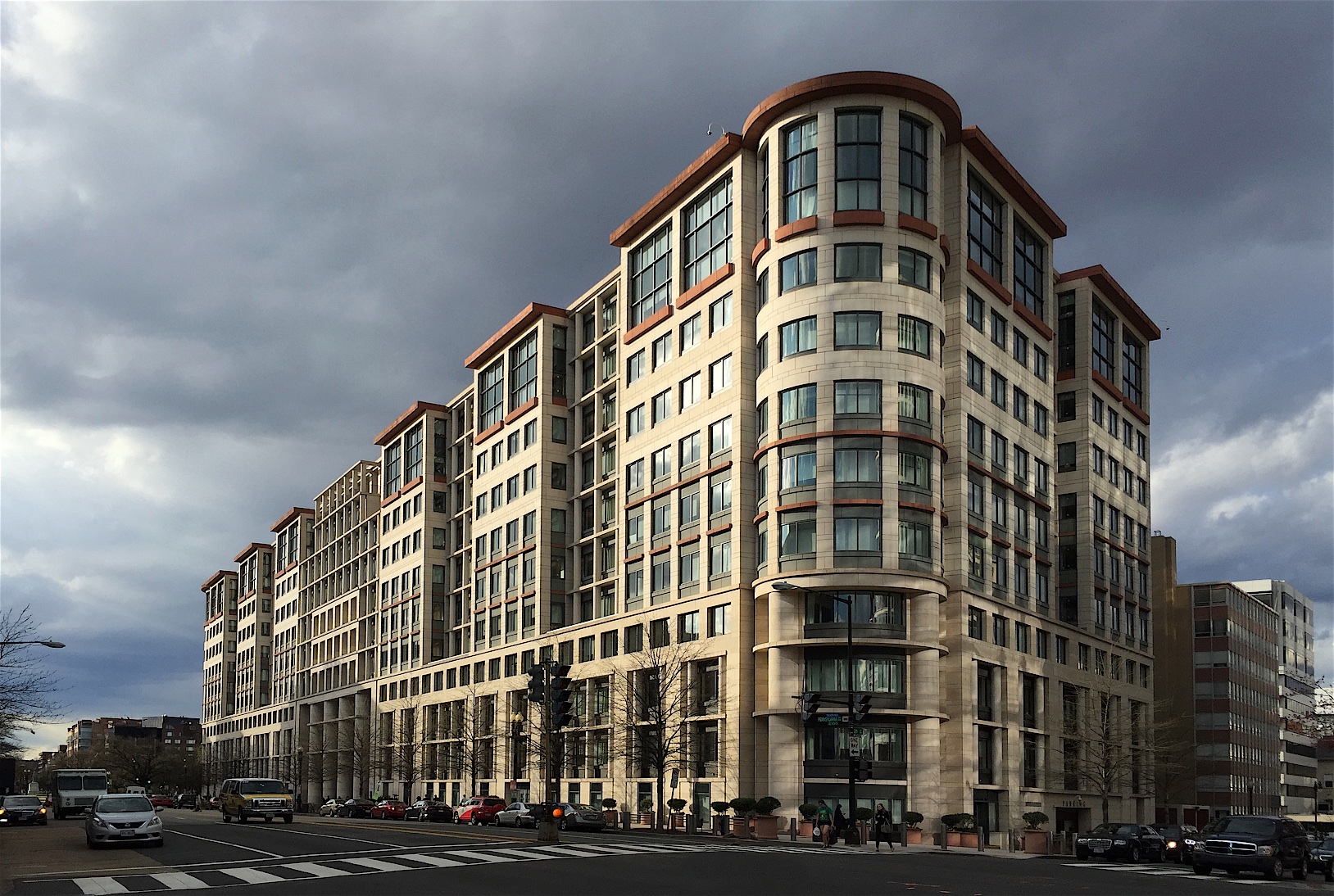On Feb. 8 in an important but little-noticed article in the Financial Times, the top finance officials of the U.S., U.K. and Japan announced plans for a multi-billion-dollar clean energy fund to be administered by the World Bank:
By pooling our efforts to support a new clean technology fund, administered by the World Bank, we can help developing countries bridge the gap between dirty and clean technology. The fund will support publicly and privately financed projects that deploy technologies that can cut emissions and save energy.
You would think that the World Bank would be rushing to take advantage of this largess to lead the way to a low-carbon future. Not so fast. For now, at least, the Bank is persisting with business as usual -- helping to finance out-dated carbon-intensive coal-fired power in the developing world.The world's leading development institution can do better. In a new CGD working paper released last week (
Crossroads at Mmamabula: Will the World Bank Choose the Clean Energy Path?) I argue that by including modest carbon emission charges in all of its energy project assessments, the bank could make a world of difference.To illustrate the implications, I compare the fully-accounted costs of coal-fired and low-carbon options for a proposed project at Mmamabula, Botswana that will supply power to the South African grid. I show that baseload-scale solar thermal power is now lower-cost than high-efficiency coal-fired power at a carbon dioxide emissions charge well below the level consistent with the
European Union's new climate action plan, and far below the level recommended by the
Stern Review. The same basic approach could be applied to other locales and other renewable options. Using carbon charges to guide project selection is now feasible, because the Clean Technology Fund can be used to finance the incremental cost gap between dirty and clean power.Suddenly, we have a very exciting prospect for the World Bank Group. Endowed with a huge new fund, it could shift rapidly to carbon emissions accounting and take a leading-edge position on low-carbon power projects. I believe that the current situation in Southern Africa provides an excellent place to start. All the elements are in place for a pioneering Bank program that could link South Africa and Botswana in a large solar thermal power initiative:
- A very large percentage of the Mmamabula project's power production is destined for the South African grid, deliverable to Eskom.
- South Africa has a serious power crisis, and President Mbeki responded in his national address on Friday, February 8, by pledging faster movement toward renewable power.
- South African NGO's and unions have started a big push for closing the power gap with renewable power, not coal-fired power.
- Eskom is the world's second-ranked emitter of CO2 in our CARMA system, trailing only Huaneng Power in China. The company is aware of this, and wants to move toward renewables.
- Eskom is already considering a 100-MW solar thermal pilot in the Northern Cape.
- The Global Environment Facility has recently initiated a Renewable Energy Market Transformation Project in South Africa.
- Southern Africa has huge solar potential, per the global solar map below. Botswana is particularly noteworthy.
If the World Bank wants to play a transformational role, Southern African solar power could be a great opportunity. Coal-fired power is the past, solar is the future. This is not the time to think small!

CGD blog posts reflect the views of the authors, drawing on prior research and experience in their areas of expertise.
CGD is a nonpartisan, independent organization and does not take institutional positions.






